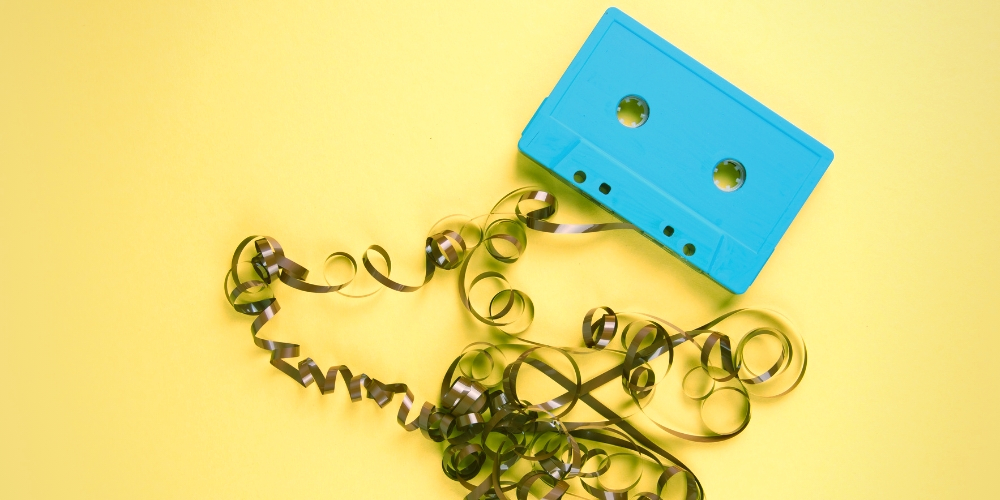When to Start the Cue Sheet
For composers, a cue sheet should be created early on in the process of creating your film score. Whether started by the director or film composer, make sure to start off by providing details of the moods required in certain scenes with a timestamp. From there, update the cue sheet as cues are created with accurate descriptions and notes for any changes that need to be made. By taking these steps you will ensure that your film will be organized and no notes will be missed.
Remember, the cue sheet is how the film’s music is organized and aligned with the project’s creative direction. When it’s time to create music for individual scenes, it is best that the film is as close the finished edit as possible before it’s handed over to the composer. Every edit could dramatically effect your cue sheet and decisions your composer has made for your soundtrack. Ideas for the overall musical vibe and score of the film can be discussed earlier in the process, but you don’t want to be revising cue sheets repeatedly.
How to Make a Cue Sheet
Cue sheets contain all the necessary information for the soundtrack of your film. It is an essential centerpiece to keep your team and project organized. For composers, the first step to writing a score is to organize the music required for each scene into a cue sheet. For directors, the cue sheet is an important reference when working with a composer and discussing scene music. The information below has tips for both film composers and directors for making a cue sheet.
The first iteration of your cue sheet doesn’t need to have all the details yet. You don’t want the mechanics of making a cue sheet to distract you from the emotions of the film. No two projects are the same, but typically when creating a score the first step I take is to watch the film, in it’s entirety, with nothing but a notepad to make a quick note of any scene I feel needs something. Each note describes the mood with a timestamp. The first time I watch a film is the most important because those are my gut reactions. I don’t put any keyboard or musical instruments around me, and I step away from the computer so that I feel like a person in the audience watching the film for the first time. I have found that by watching a film from the perspective of the audience I’m truly listening for what’s needed. Letting the film play from start to finish without stopping also helps me feel the pace of the film, which will influence the music tempos. This is also a great way to estimate how much music is required for a project.
The Cue Sheet Format
Every second of music should be accounted for in your cue sheet, including any songs you may be licensing. Cues should be listed in chronological order with a time stamp. Here is a template I use to start on a project. Not all the fields are required, but every cue sheet should at least have numbered cues with time stamps and a column for descriptions. I also like to use the spot for notes so other team members can contribute any thoughts they have. Make sure to title your project and keep track of cue sheet versions. That way the different versions can be referenced in future meetings, and it will be easy to make sure everyone is looking at the current document. For more involved projects with multiple composers and sync licensing, the cue sheet should contain all necessary writer information including performing rights organizations and ownership percentages. Here is a cue sheet template from ASCAP that has all the required information you need to submit to your PROs or Film Festivals to attribute all your music creators appropriately.
The cue sheet is a time-tested, valuable tool to plan the music for any film project. It allows directors and composers to be on the same page, literally, about the musical mood throughout the film.








